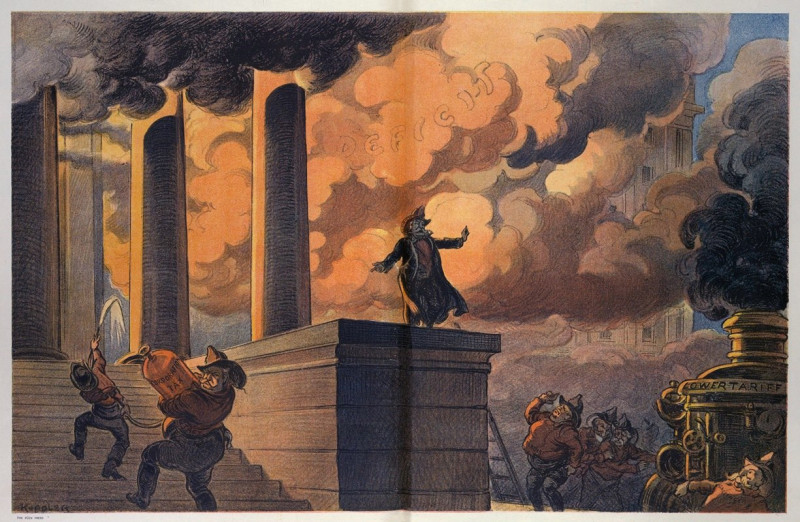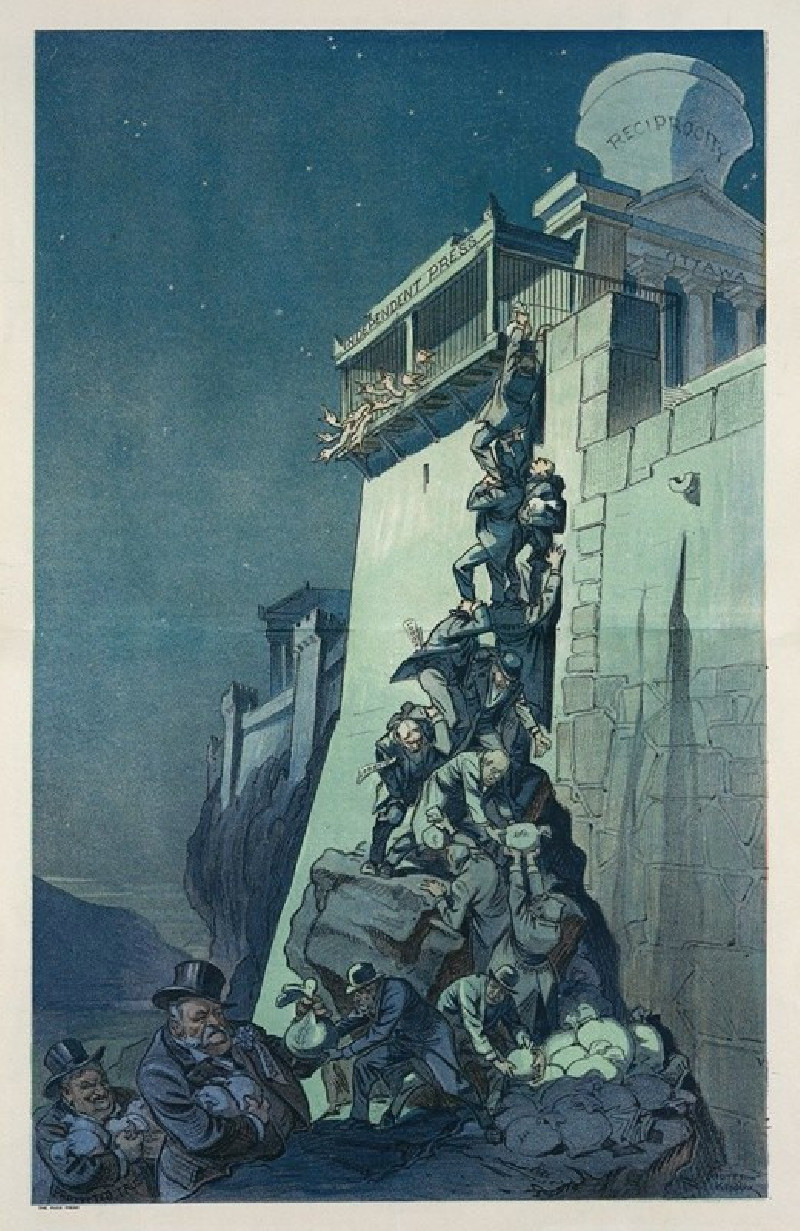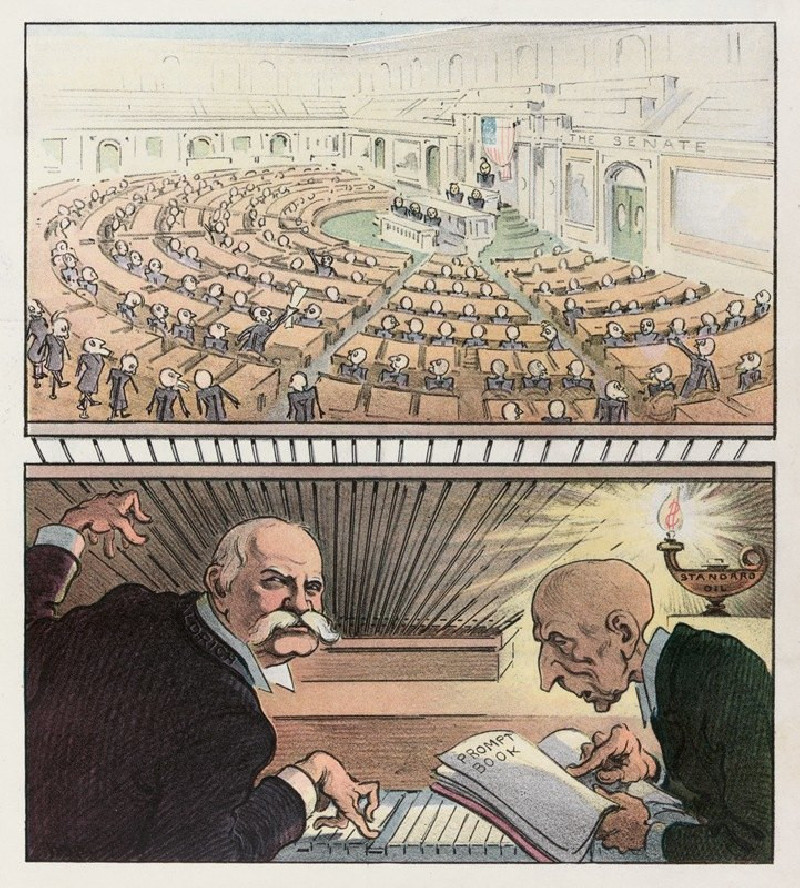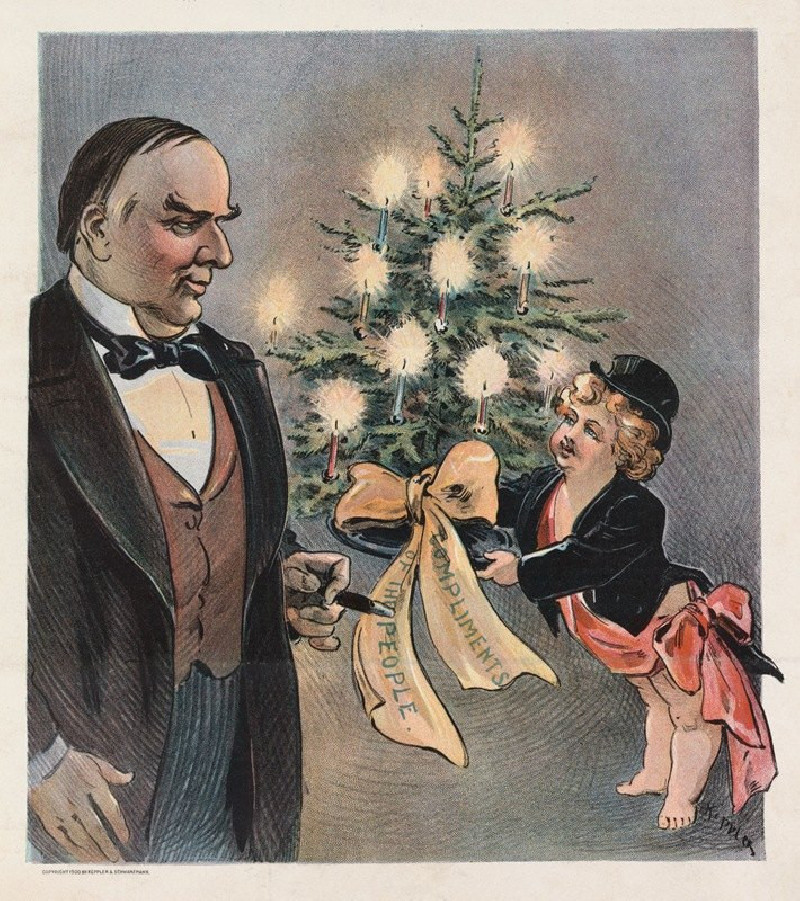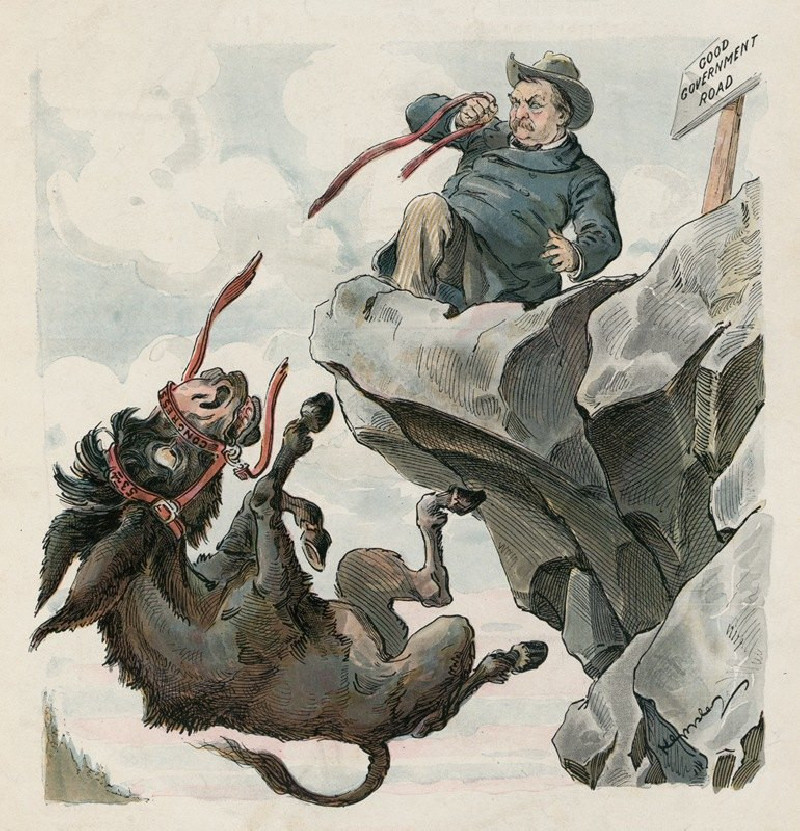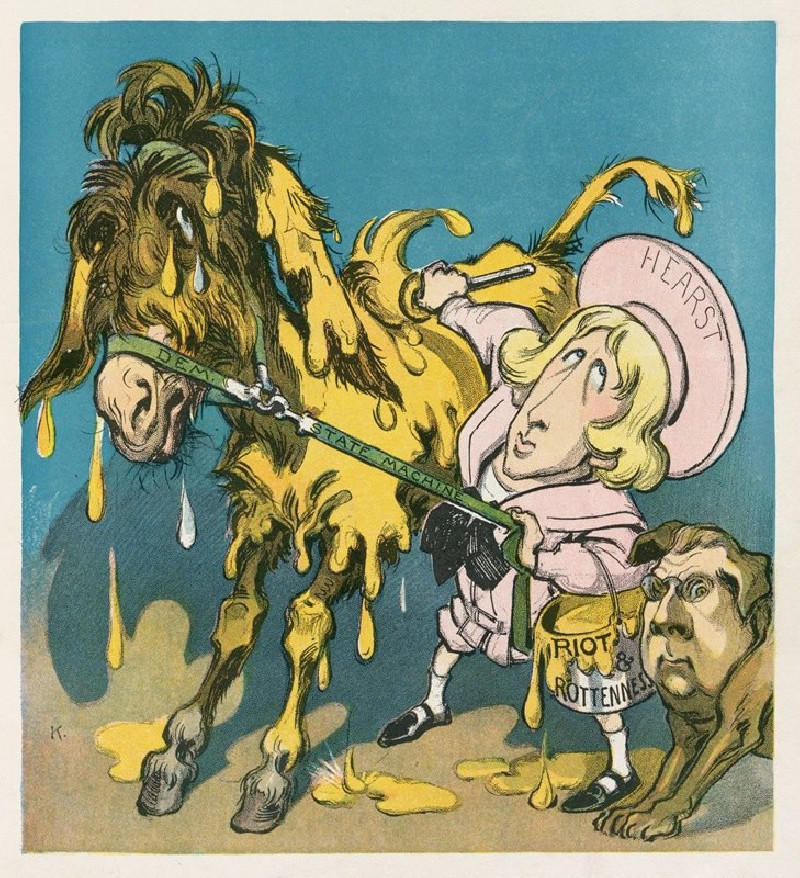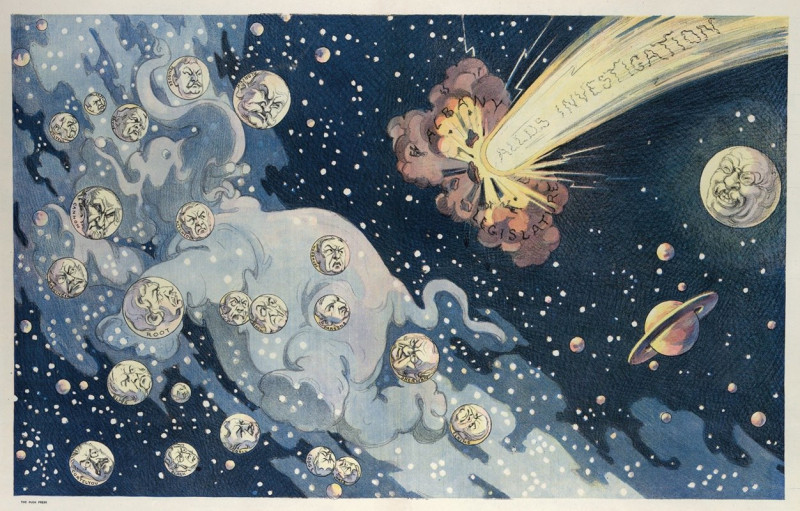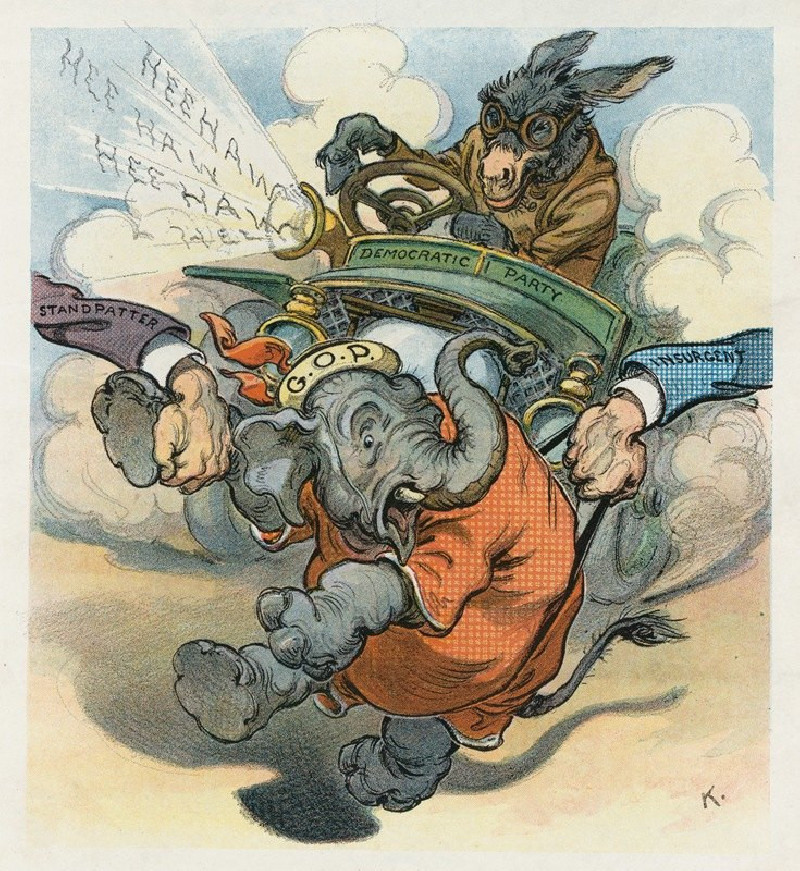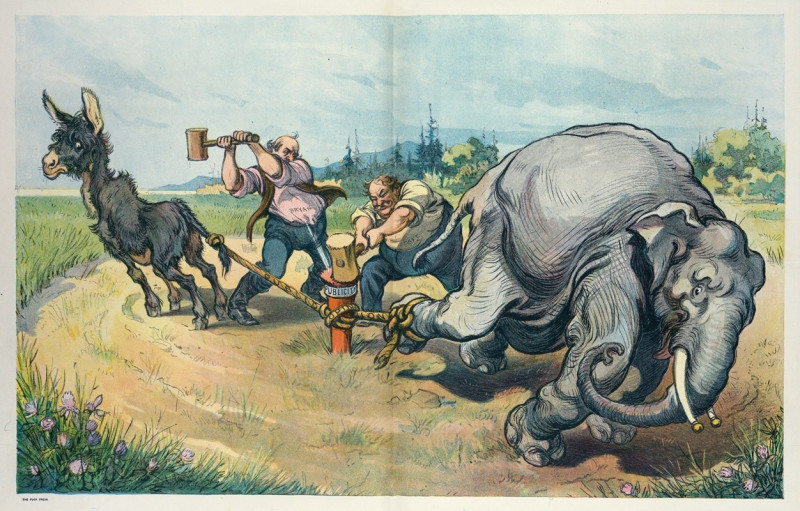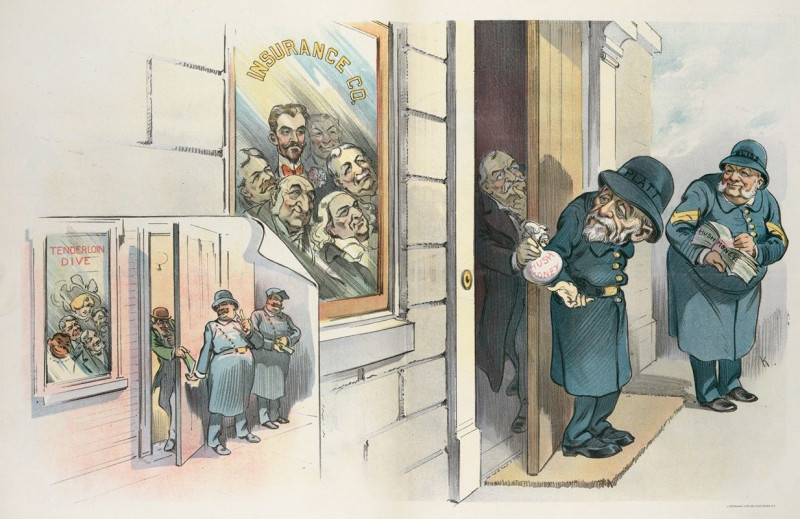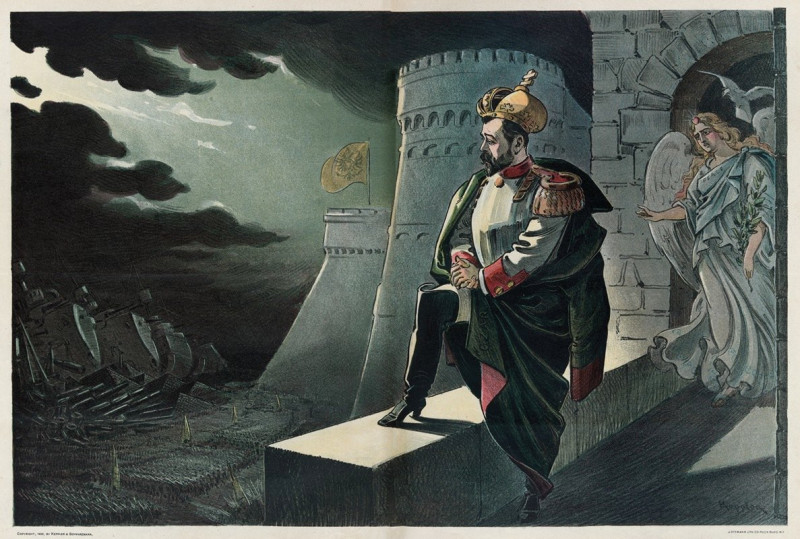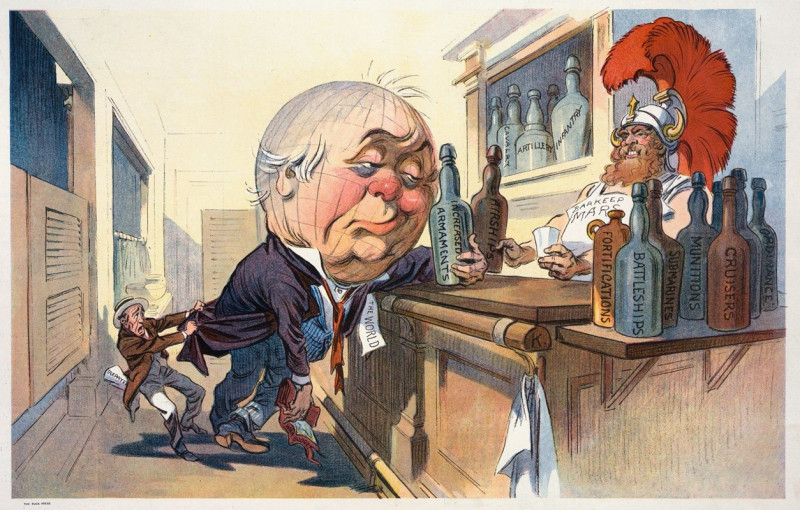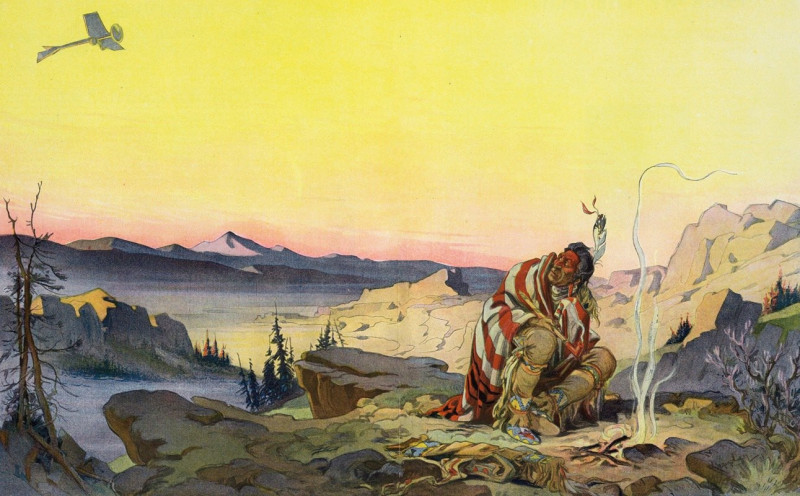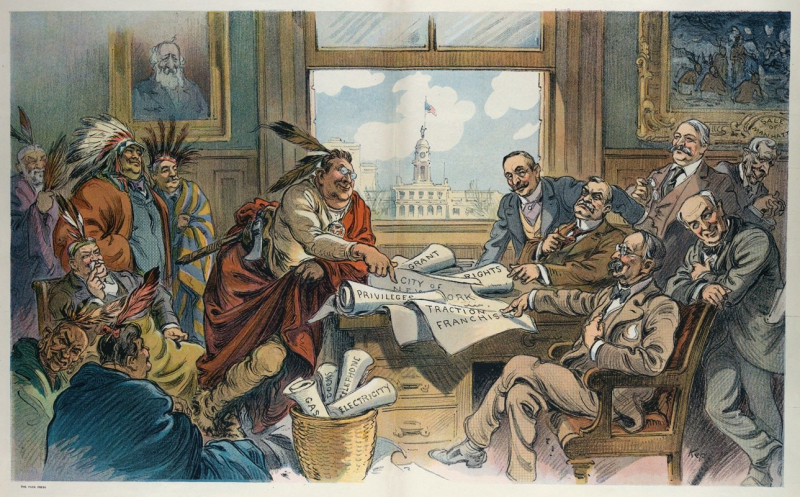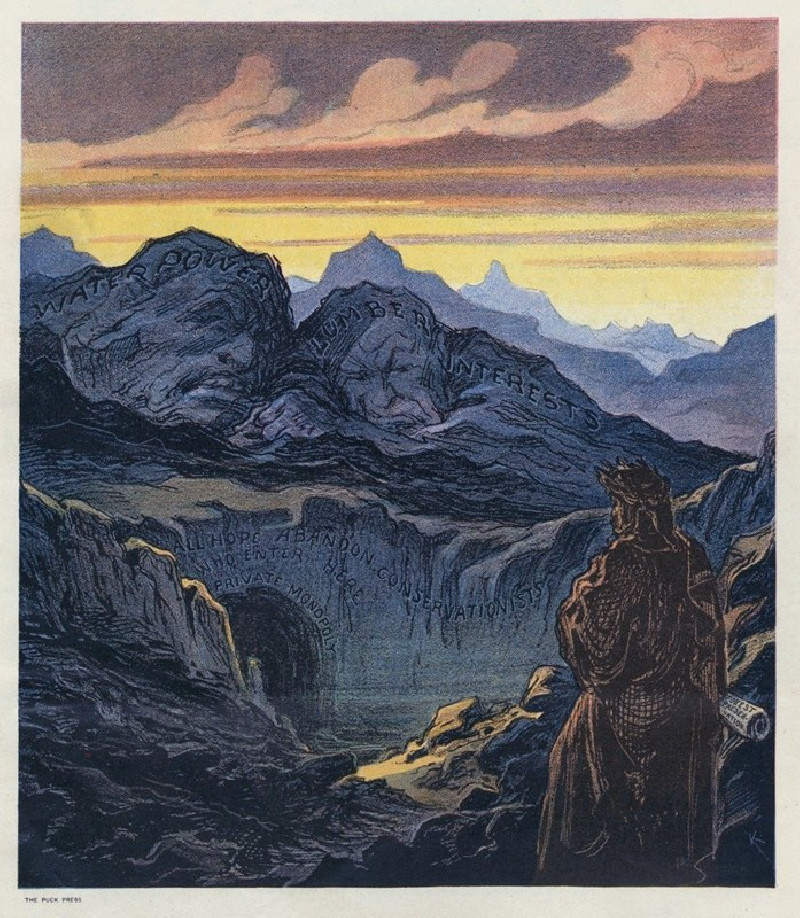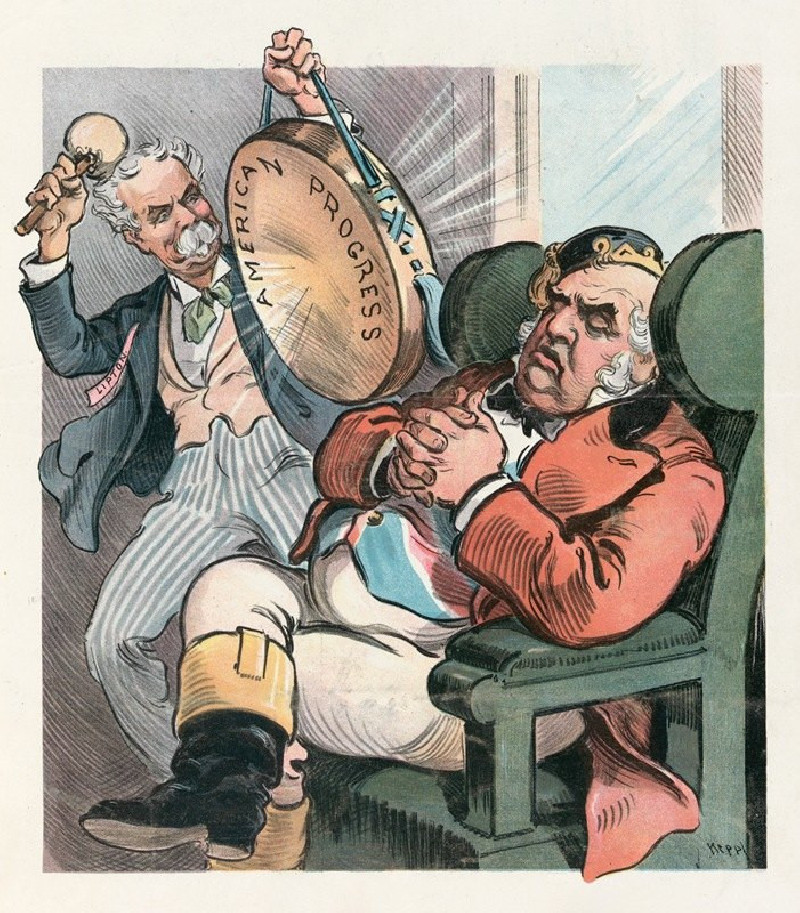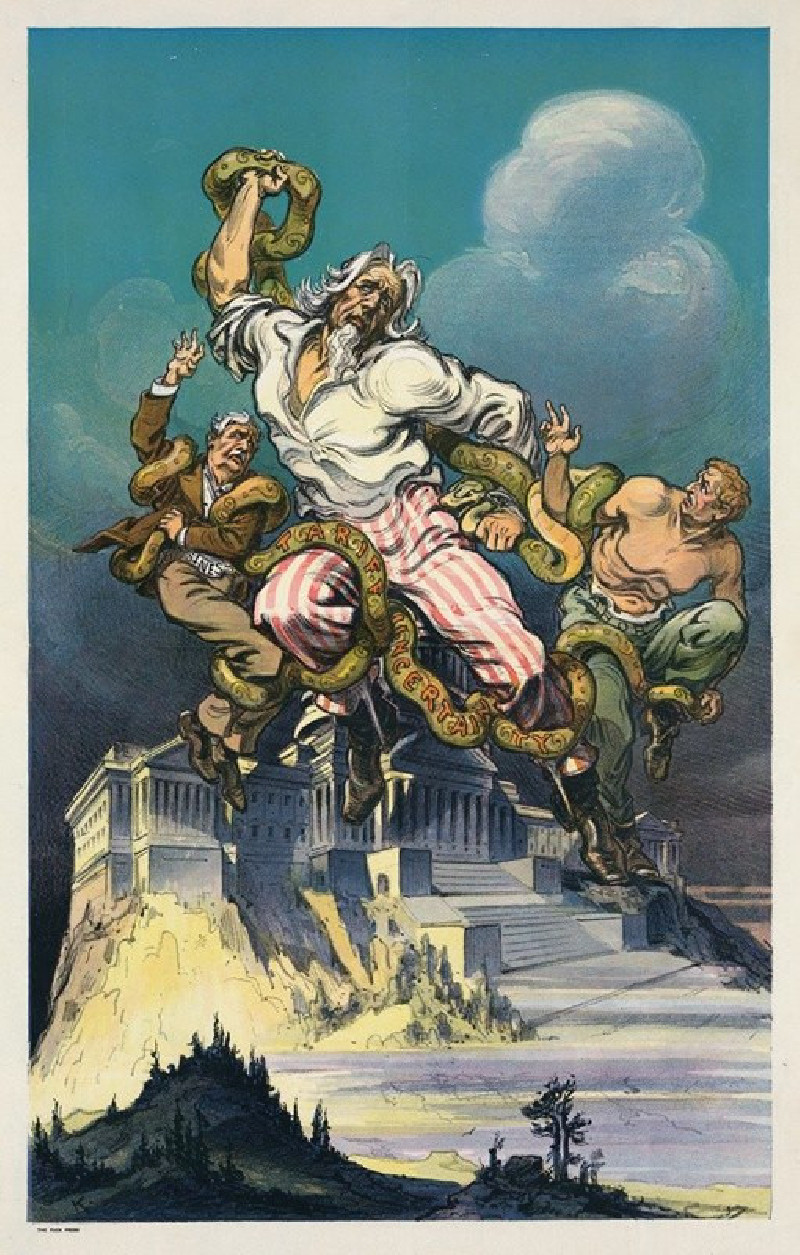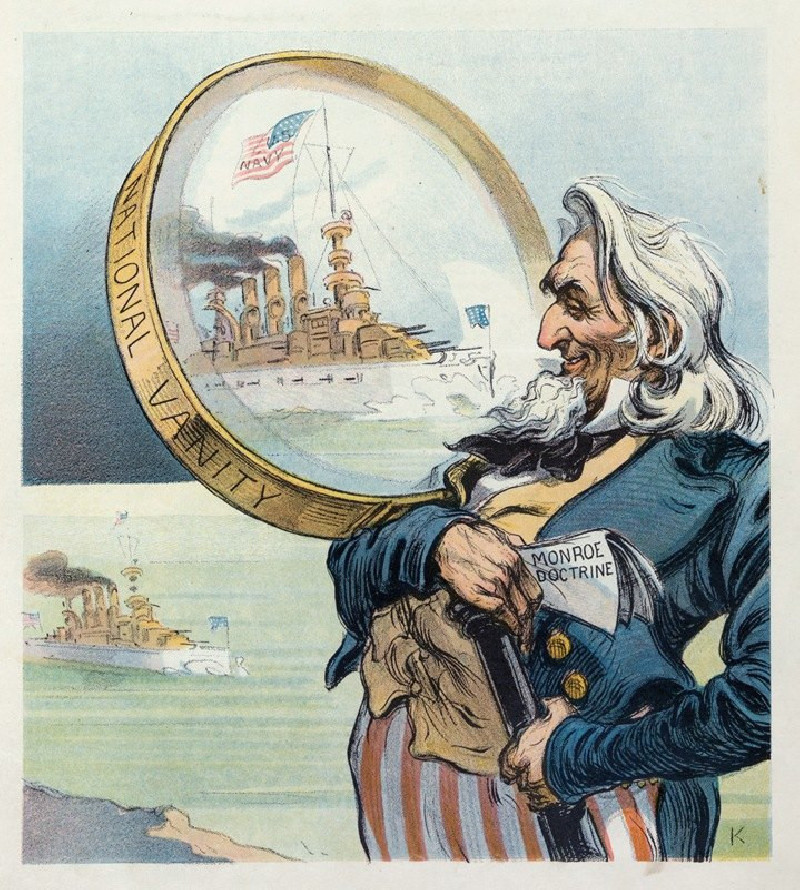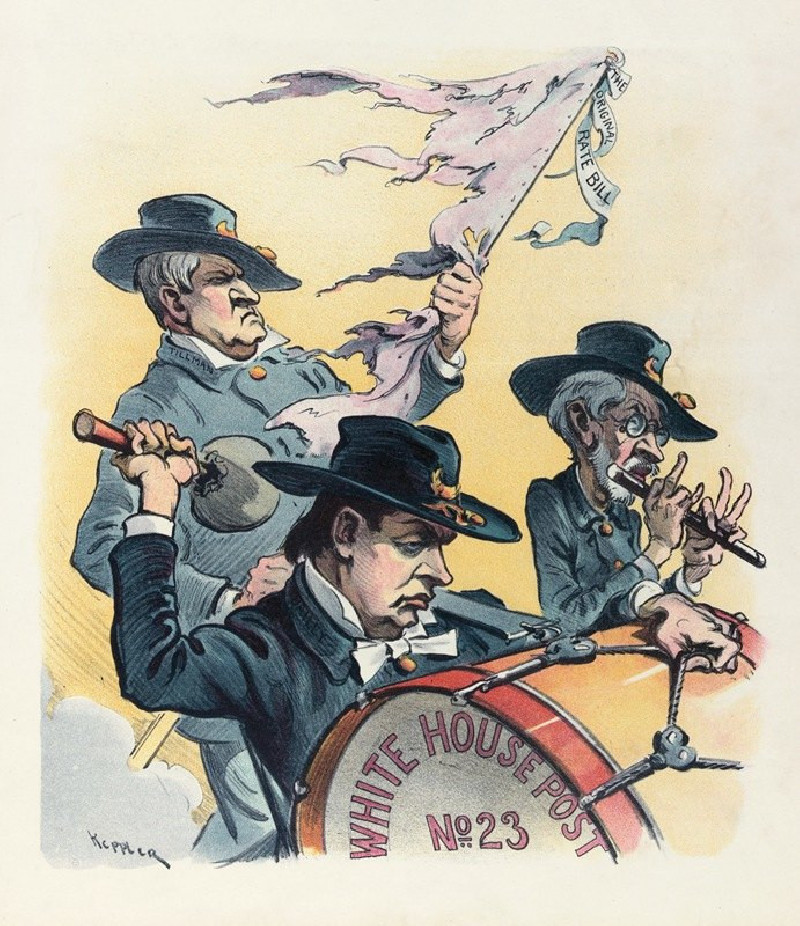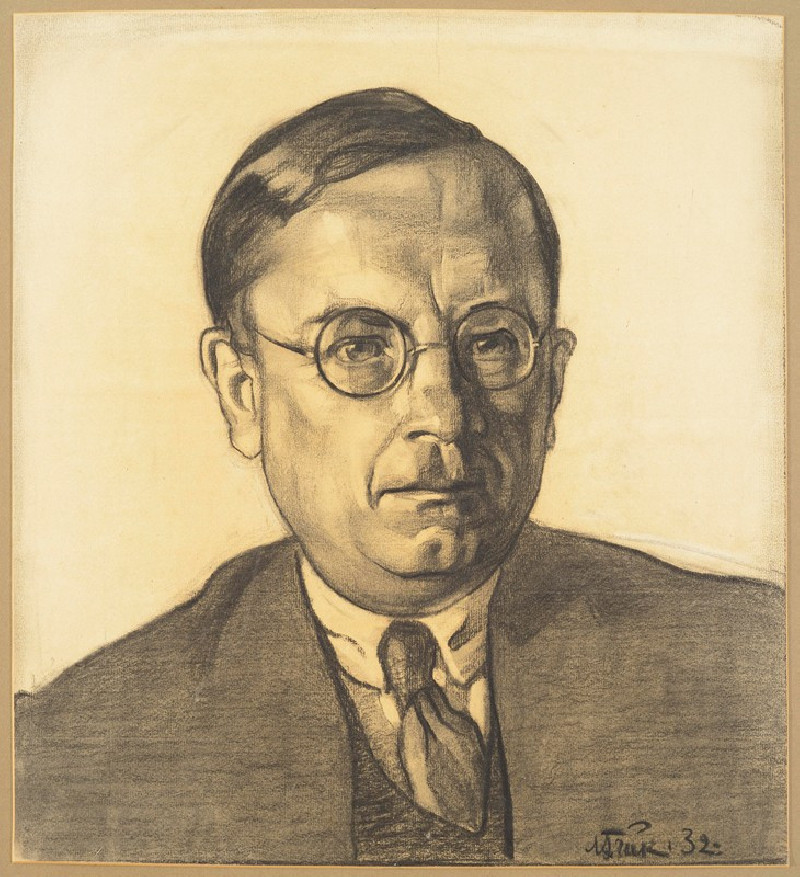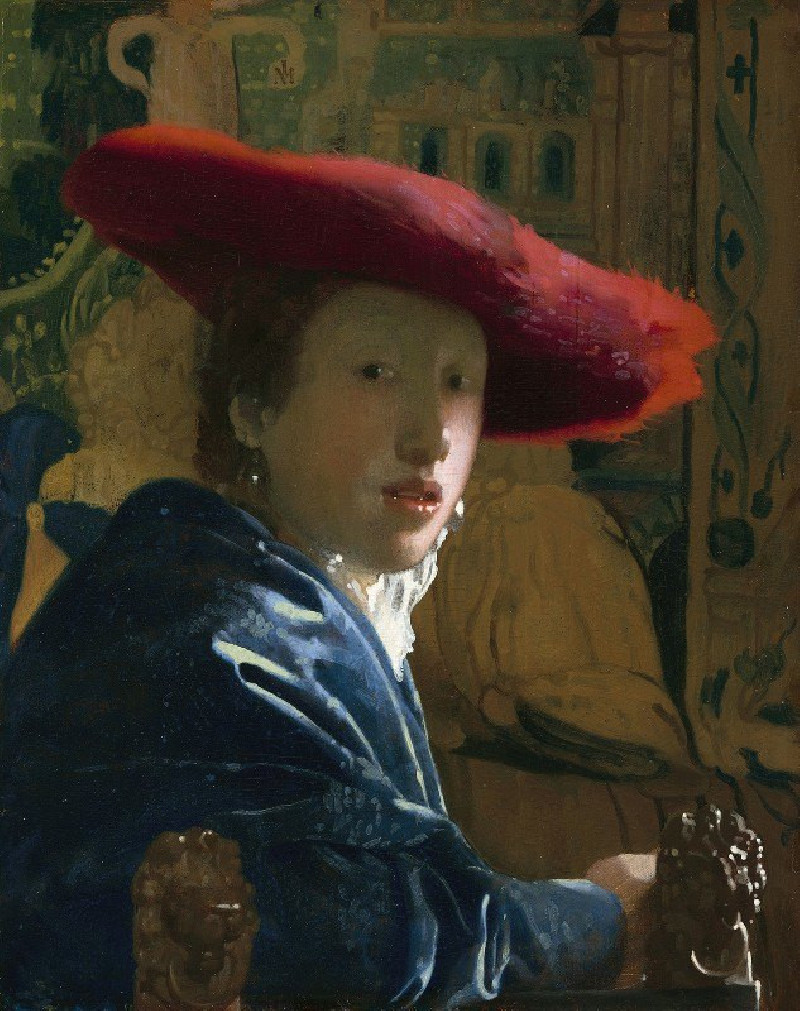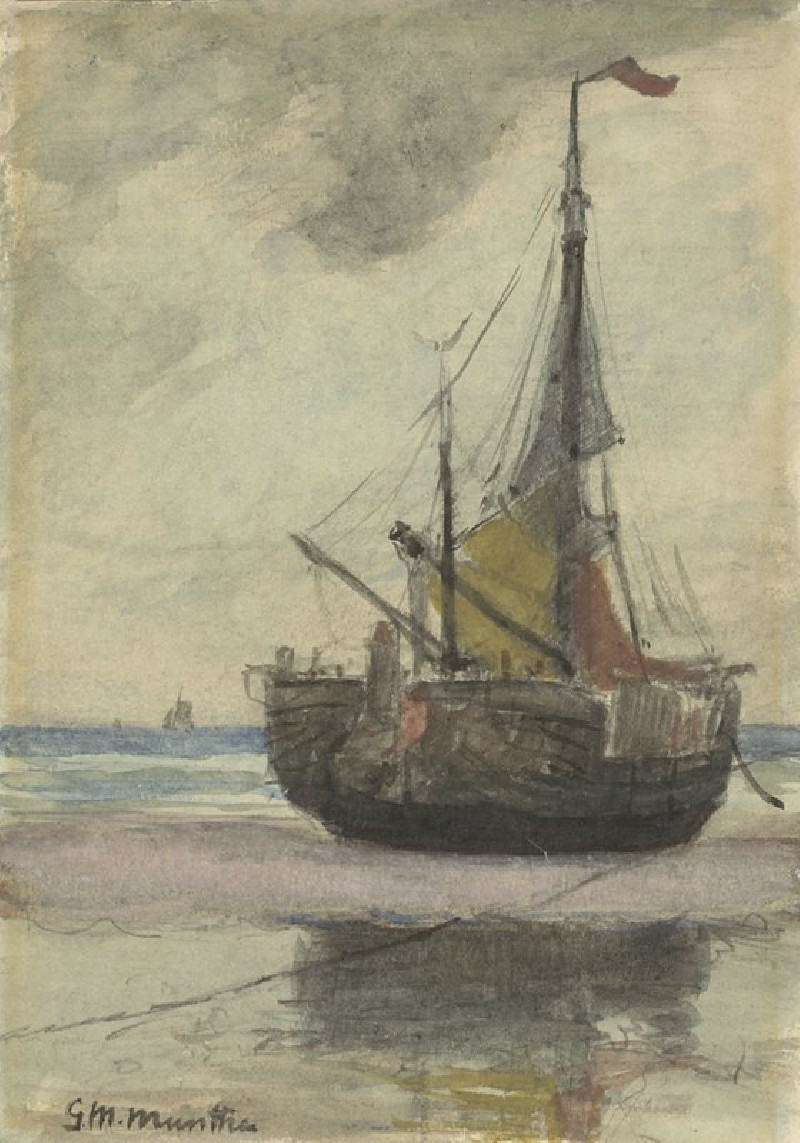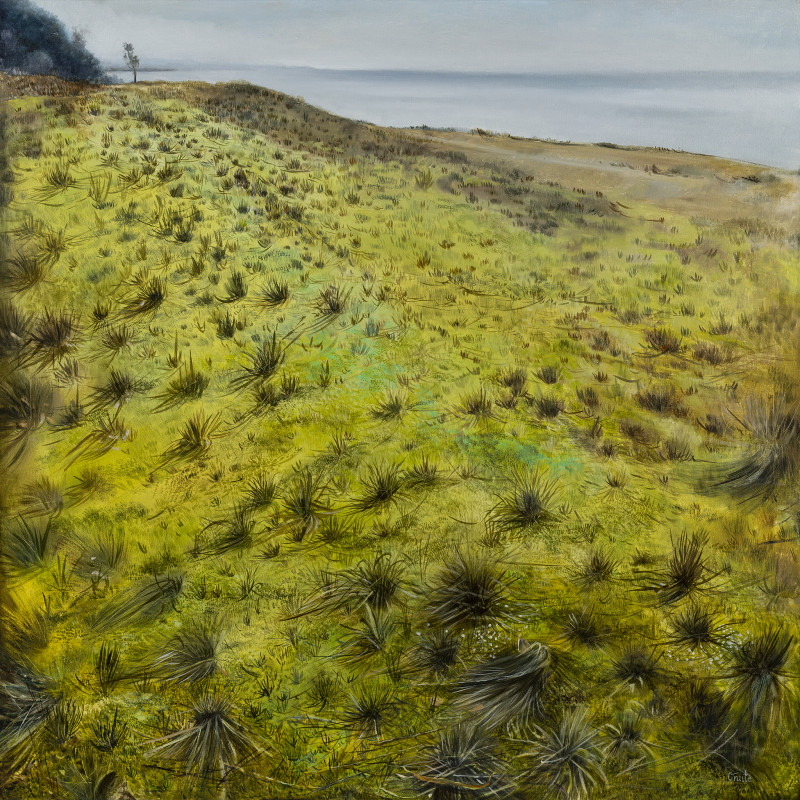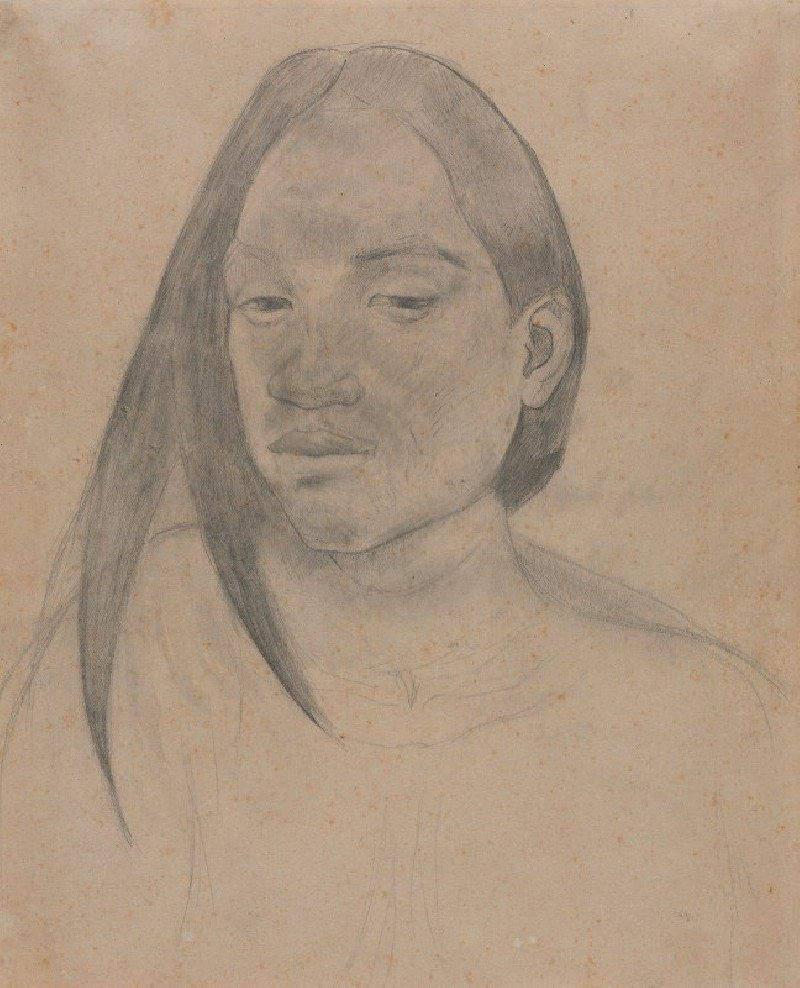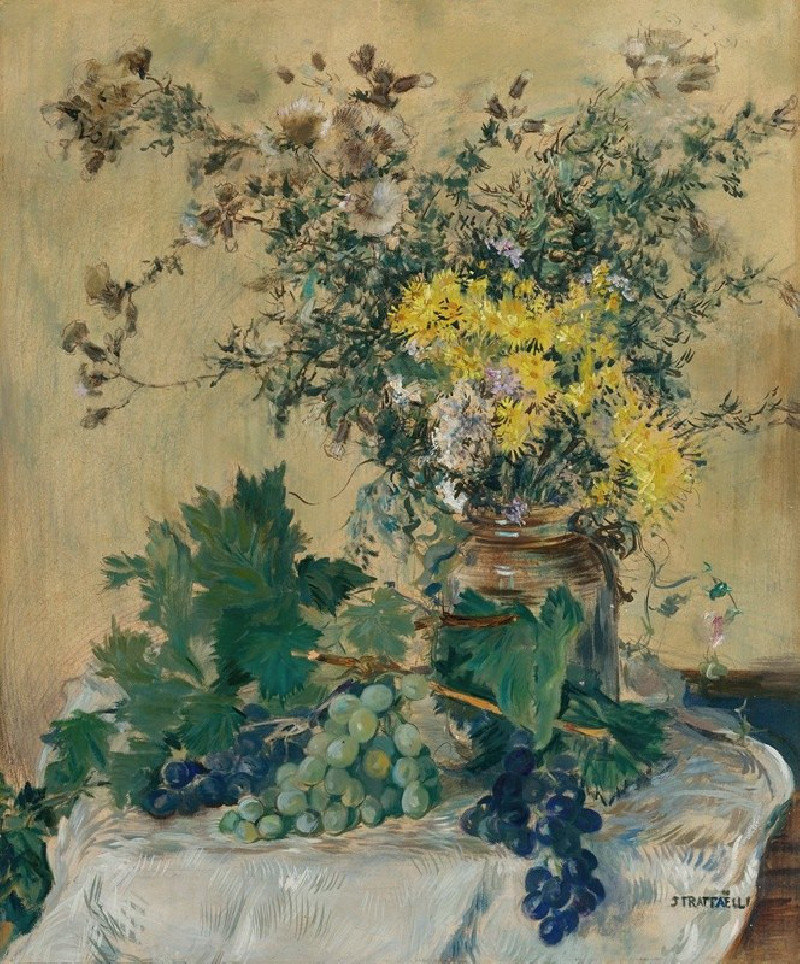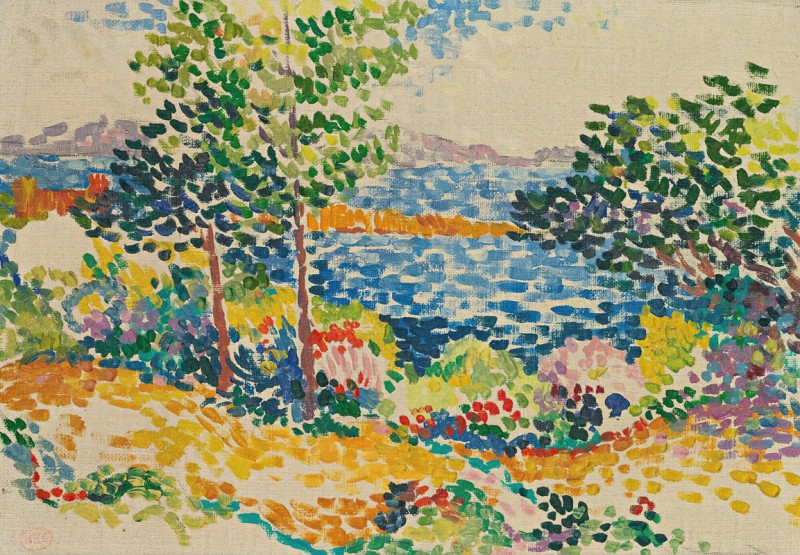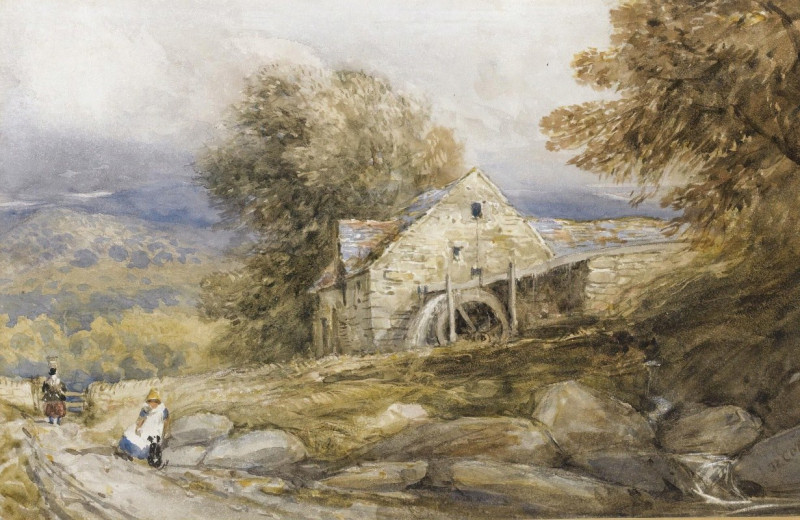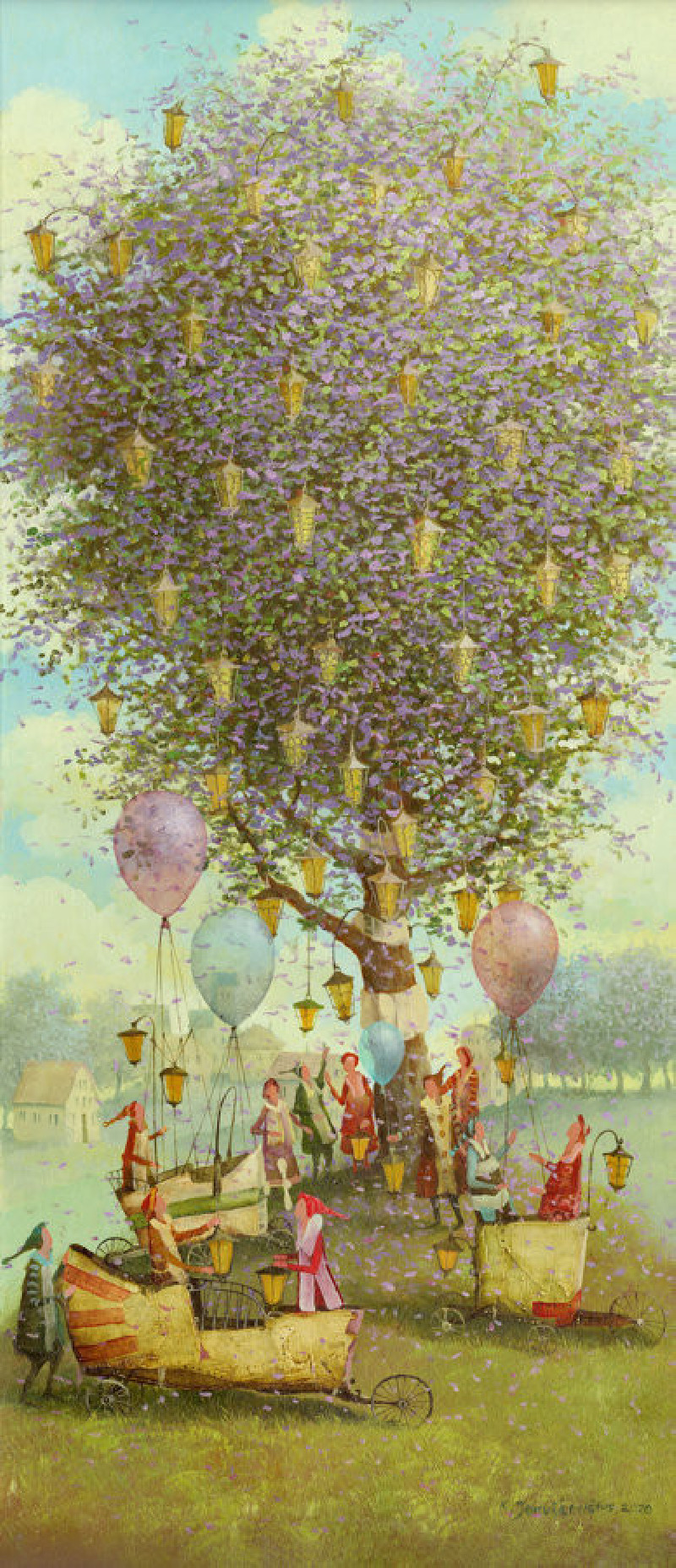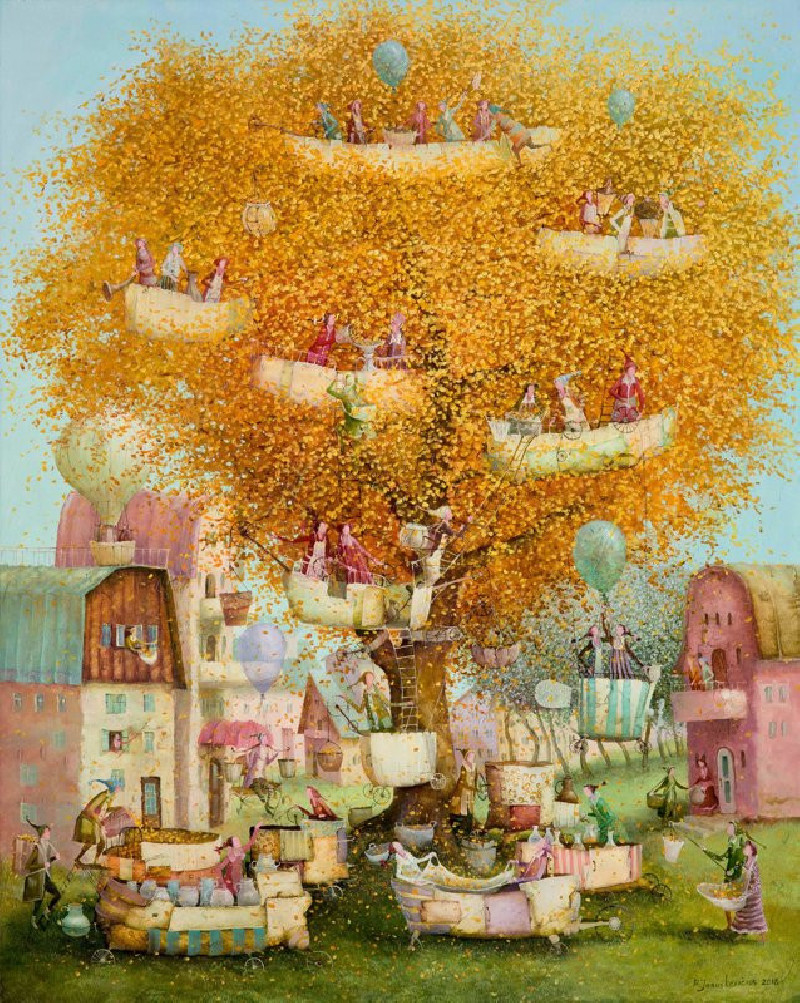Under control (1909)
Technique: Giclée quality print
Recommended by our customers
More about this artwork
** The artwork "Under Control" by Udo Keppler, created in 1909, presents a compelling and turbulent industrial scene filled with symbolism and narrative depth. This political cartoon doesn't just capture the eye with its rich colors and dramatic imagery, it also encapsulates the intense political and economic debates of its time.The painting depicts a massive steam engine, labeled "Power Tariff," which symbolizes the predominant economic policies, forcefully emitting dark clouds of smoke that envelop the scene. This smoke is darkly inscribed with the word “Deficit,” suggesting economic turmoil and loss directly caused by these policies.Foregrounding this industrious chaos stands a figure on a pedestal, orchestrating the frenzy. This central character, dressed in a flowing cape and commanding with expansive gestures, represents political or economic authority attempting to assert control over the prevailing forces of the economy. Below and around this figure, various characters, appearing as industrial workers who clamor and struggle—some even stoke the flames that feed the engine—underscore the human toll and frantic labor intensifying the scene's chaotic nature.Strikingly, the background features classical architecture, perhaps symbolic of governmental or institutional power, contrasted sharply against the industrial foreground, signifying the intersection of old power structures with modern economic practices."Under Control" by Udo Keppler serves as a provocative reminder of the complexities and consequences of economic policies and the often tumultuous relationship between government authority and industrial power.
Delivery
Returns
Udo J. Keppler, since 1894. known as Joseph Keppler, Jr., was an American political cartoonist, publisher, and Native American advocate. The son of cartoonist Joseph Keppler (1838–1894), who founded Puck magazine, the younger Keppler also contributed to cartoons, and after his father's death became co-owner of the magazine under the name Joseph Keppler. He was also a collector of Native American artifacts.

